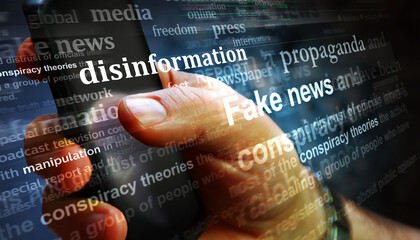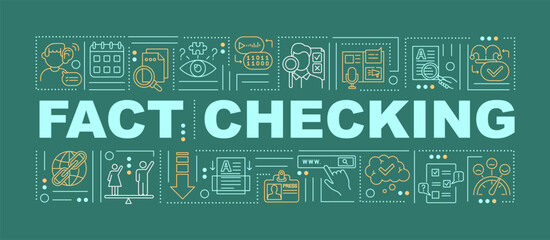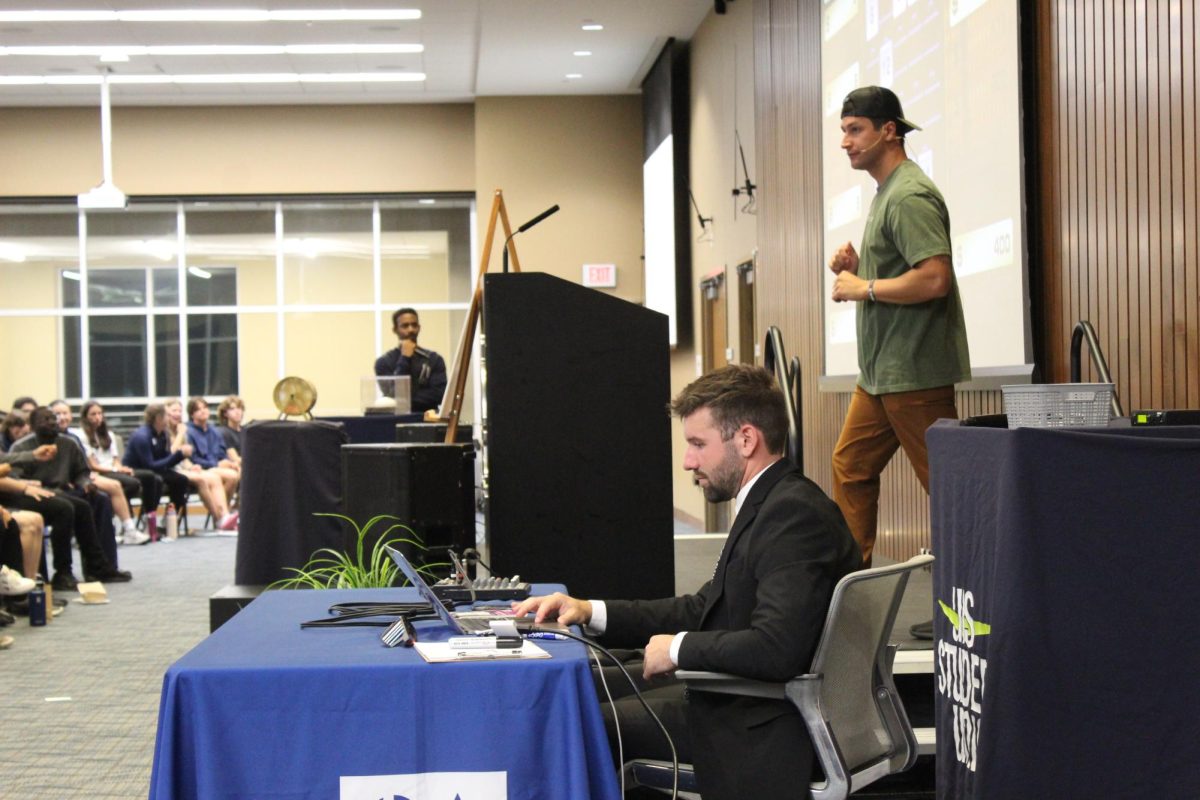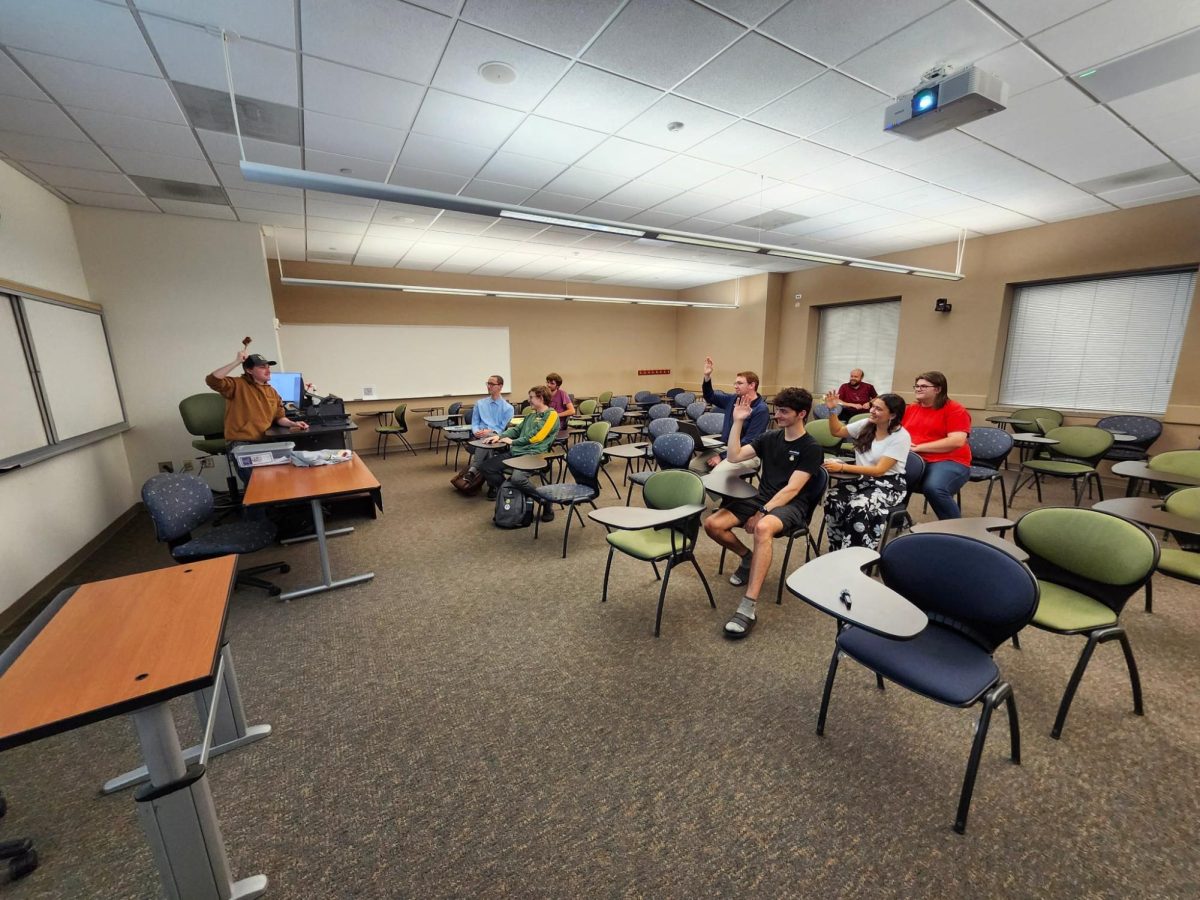In an age where misleading information can spread like wildfire in seconds, identifying fake news is crucial, especially as we approach election season. Fake news refers to untrue or deceptive information presented as legitimate news. The challenge for individuals is to discern fact from fiction. So, how can we identify credible information?
Jae Sik Ha, an associate professor at the University of Illinois Springfield, teaches a course on this very topic. According to Professor Ha, the first step is to examine the source of the information. “Does it come from trustworthy news organizations, authoritative experts, or government agencies?” he asks.
Fake news sites often have unfamiliar names or questionable URLs, raising red flags about their credibility. It’s essential to fact-check information before sharing it, especially on social media. Ha adds, “Who is being quoted? How many credible sources are used?”
In many cases, fake news may lack credible sources or rely on random opinions rather than expert testimony or peer-reviewed research. Asking these probing questions can help prevent people from being duped by misleading information.
Active consumption of news is key. Professor Ha advises against passively believing everything you see online. He recommends gathering news from “reputable news outlets, trustworthy experts, democratic governments, government statistics, and courts.” Additionally, fact-checking agencies such as PolitiFact, FactCheck.org, and Snopesmay offer valuable resources for verifying claims.
Another critical piece of advice from Professor Ha is to check one’s own “confirmation bias—aligning with your own beliefs, stereotypes, and preferences.” Confirmation bias refers to the tendency of individuals to seek out information that supports their existing views while ignoring opposing perspectives.
Social media platforms often reinforce these biases by presenting information that aligns with a user’s interests. Ha encourages people to seek out sources that may challenge their beliefs to ensure they are not trapped in an echo chamber of misinformation.
Ultimately, while the media has a responsibility to provide accurate information, readers also bear the responsibility of being critical, informed consumers. By staying vigilant, individuals can help stop the spread of fake news and contribute to a more informed society.










